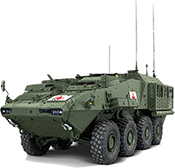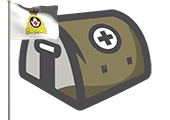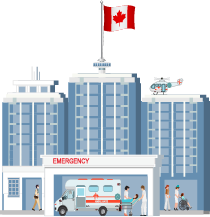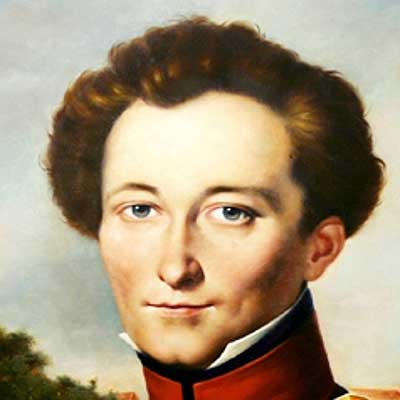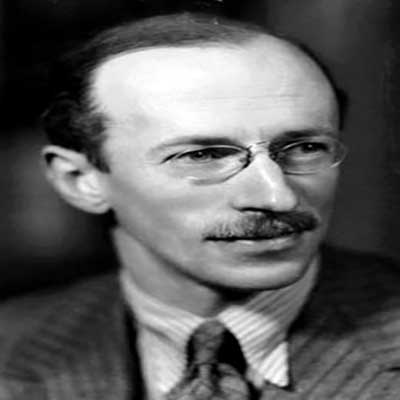Doctrine
L'ensemble de la doctrine médicale appuie la gouvernance de la planification des services de santé des Forces canadiennes lors d'opérations au pays ou à l'étranger, dans le cadre d'un service unique, d'une force opérationnelle interarmées, multinationale ou interarmées multinationale.

STANAGS DE L'OTAN
Un accord de normalisation (STANAG) est un document de normalisation de l'OTAN qui spécifie l'accord des pays membres pour mettre en œuvre une norme.

Normes ABCANZ
Programme des armées américaines, britanniques, canadiennes, australiennes et néo-zélandaises. Les nations ABCANZ mènent des opérations de coalition pour prévenir, contenir ou résoudre les conflits susceptibles de menacer les intérêts nationaux communs.
À propos de nous
La doctrine consiste en des principes fondamentaux par lesquels les forces militaires guident leurs actions à l'appui des objectifs nationaux. Son objectif est de fournir un cadre de modèles et de principes qui, lorsqu'ils sont appliqués, définissent les conditions d'interopérabilité entre les organisations à tous les niveaux de commandement.
L'interopérabilité est atteinte lorsque les Alliés agissent ensemble de manière cohérente, efficace et efficiente pour atteindre des objectifs tactiques, opérationnels et stratégiques. Il réduit les doubles emplois et permet la mise en commun des ressources, produisant des synergies entre les forces des nations.
La Section de la doctrine stratégique et de l'interopérabilité de la Direction des services de santé (HS) est responsable de l'élaboration et de la gestion de la doctrine HS qui soutient les opérations des FAC au pays ou à l'étranger, dans le cadre d'un service unique, d'une force opérationnelle interarmées, multinationale ou interarmées multinationale.
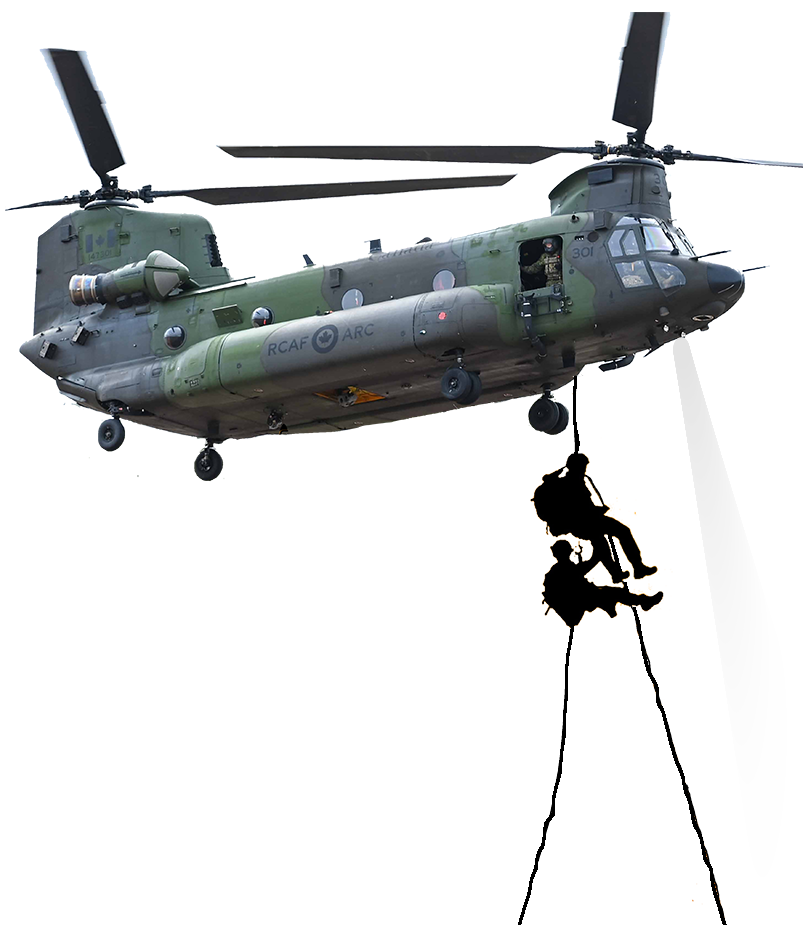
La Section de la doctrine stratégique et de l'interopérabilité de la Direction des services de santé (HS) est activement engagée dans plusieurs activités clés :
Foire aux questions
Lorem ipsum dolor sit amet, consectetur adipiscing elit, sed do eiusmod tempor incididunt ut labore et dolore magna aliqua. Duis aute irure dolor in reprehenderit

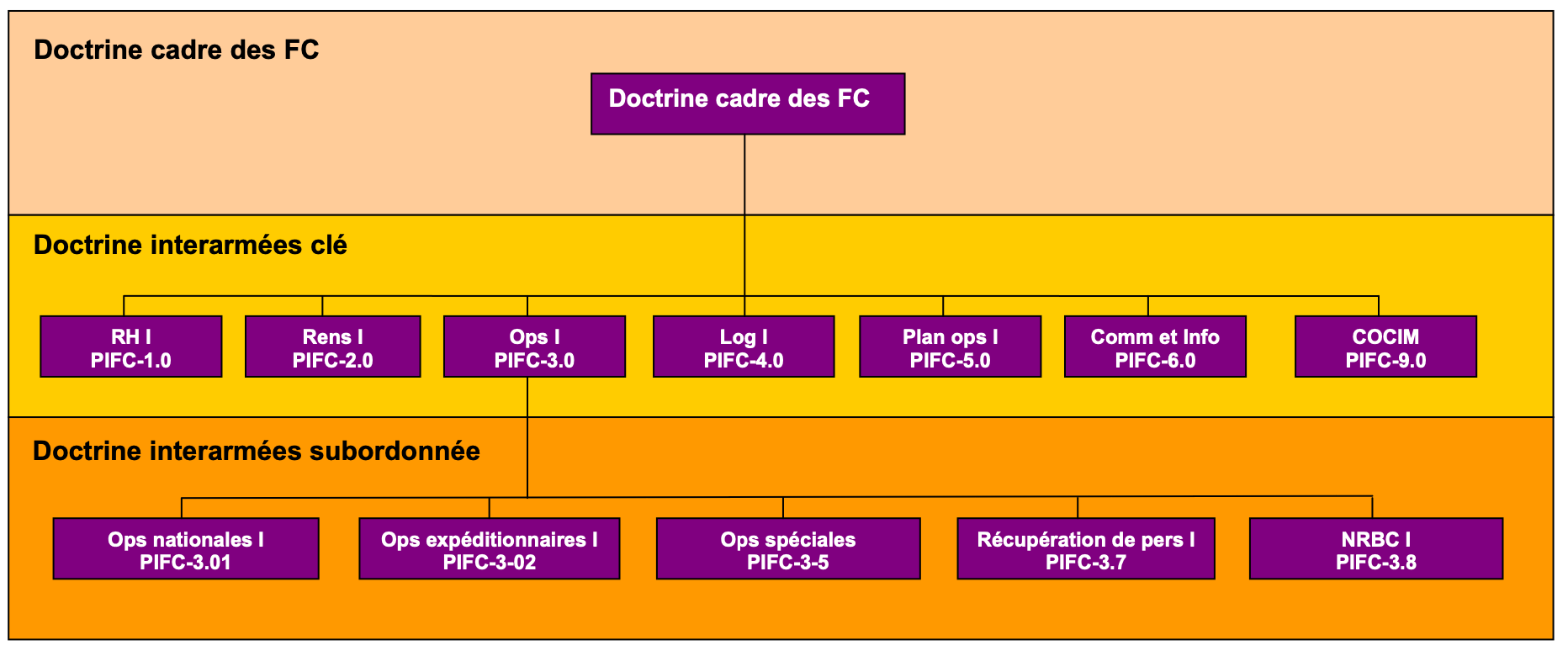
Roles of Medical Support
“A category that identifies the functions and capability of a medical unit or element. Medical care is categorized into four roles. Most of the care capabilities of each role are intrinsic to the next higher role."" To be consistent with NATO, Canada uses the term medical rather than health services when describing Roles. In this case medical includes dental.
- Roles of medical support are not tied to levels of command. Rather, the term “role” is based on the clinical functions it provides.
- Likewise, roles of medical care do not equate to levels of sustainment or lines of support which are described in B-GL-300-004/FP-001
- A certain role of medical support does not imply a particular size or location in the battlespace.
Roles of medical support may be co-located. For example, during a counter-insurgency operation a Forward Surgical Team (a subset of Role 2) may be co-located with a UMS (a subset of Role 1) at a battalion-sized forward operating base.
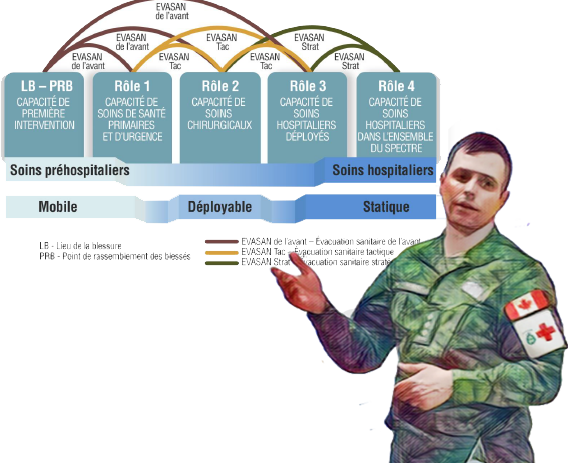
The flow of casualties and acute medical cases usually follows a linear continuum of care; however, as depicted in Figure 1-1, one or more roles of medical support may be bypassed due to patients’ needs, the proximity, workload and capacity of MTFs, and the en route care capabilities of the MEDEVAC team.
The First Response Capability: Point-of-Injury Care
Although not a doctrinal role of medical care, the first response capability is listed in this section to emphasize its importance for the outcome of clinical treatment and to showcase where the continuum of care begins. Clinical outcomes are influenced by those who apply the first field dressing
Point-of-injury care. The aim of the care given at the POI is to remove the casualty from immediate threat and to avoid further deterioration of vital functions through immediate lifesaving measures.
- Whenever practicable, first aid for the most seriously injured should take place immediately, but not longer than within 10 minutes of injury.
- Often this is conducted by non-medical personnel trained to deliver combat first aid or tactical combat casualty care (TCCC).
- Security is the foundation of safe and effective care. Before rushing to treat casualties, effective enemy action must be suppressed.
- The best medicine on the battlefield is to win the firefight.
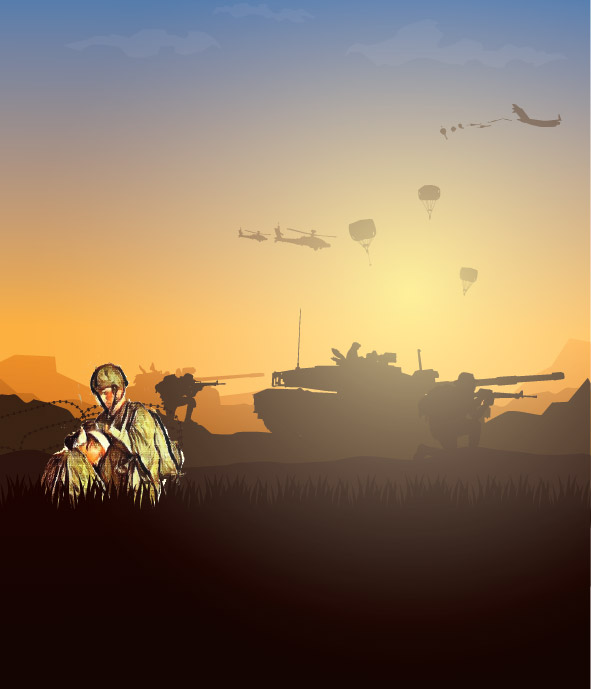
Role 1 Medical Support – Emergency and Primary Health Care
Role 1 medical support, “Provides routine primary health care, specialized first aid, triage, resuscitation, and stabilization.” Role 1 medical support provides:
- advice to the chain of command on basic occupational and preventive health issues;
- routine, daily sick parade and the management of minor sick and injured personnel for immediate return to duty;
- a minimal patient holding capacity; and
- preparation of patients for evacuation to the next appropriate higher-level treatment.
Unless enhanced by a surgical capability, a Fd Amb provides only Role 1 medical support. Examples of Role 1 MTFs are the UMS, the BMS, and the airfield medical station.
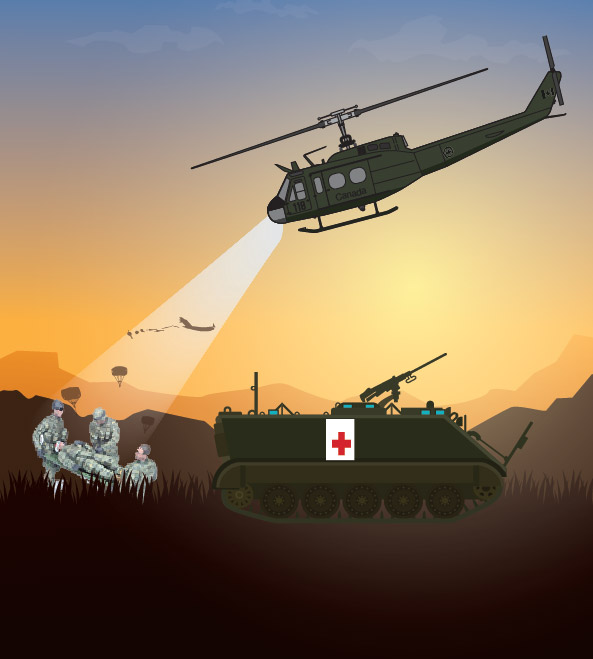
Role 2 Medical Support – Surgical Care Capability
Role 2 medical support, “Provides a capability for the reception and triage of casualties, as well as the structure to perform treatment of wounded, injured and diseased at a higher technical level than Role 1, including resuscitation and surgery.
Role 2 MTFs capabilities routinely include emergency intake, DCS, diagnostics, a post-operative capability, medical supply, C2, and a limited holding facility for the short-term holding of casualties until they can be returned to duty or evacuated. There are three types of Role 2 MTFs - , and
- Forward Surgical Team (FST);
- Role 2 Basic (Role 2B); and
- Role 2 Enhanced (Role 2E).
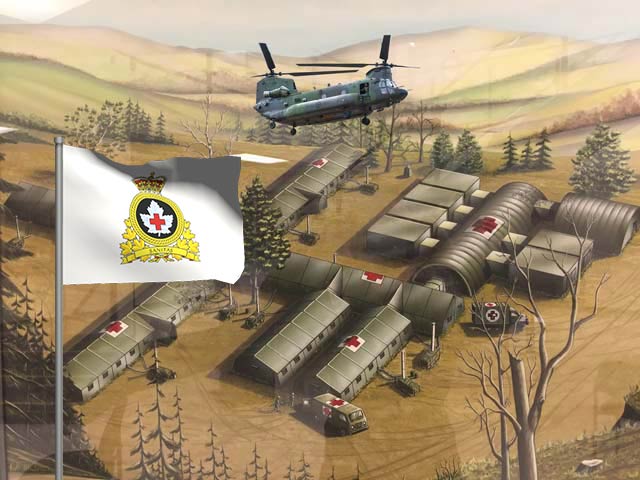
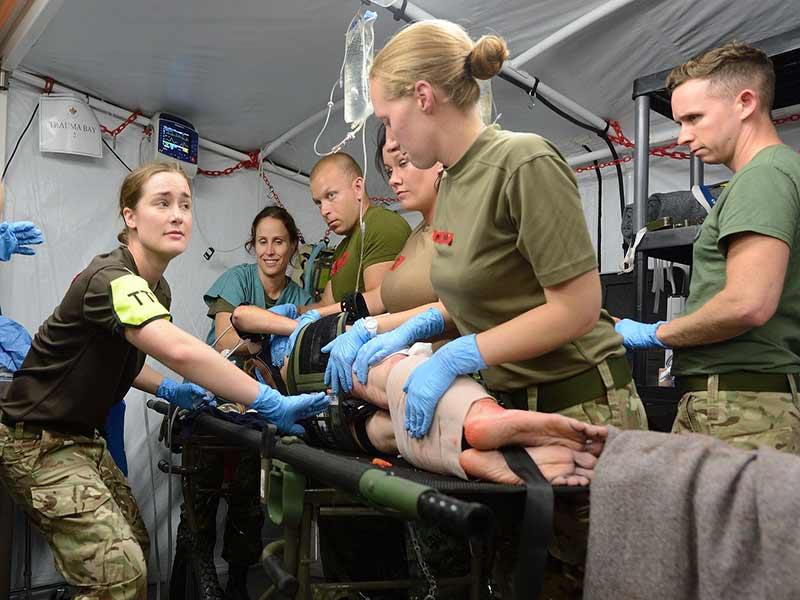
Role 3 Medical Support - Deployed Hospital Care Capability
Role 3 medical support, “Provides the structure for deployed hospitalization with the elements required to support it, including a mission-tailored variety of clinical specialties and support functions. Dental capabilities comprise comprehensive dental care and oro-maxillofacial surgical capability. Patients who cannot be returned to duty in accordance with the theatre patient return policy are evacuated out of theatre.
A Role 3 MTF must provide all the capabilities of the Role 2E MTF and be able to conduct specialized surgery, specialized care, computed tomography, oxygen production and additional services such as neurosurgery and internal medicine as dictated by mission and theatre requirements.
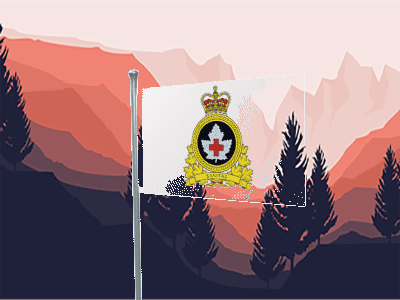

Role 4 Medical Support - Full Spectrum Hospital Care Capability
Role 4 medical support, “Provides the full spectrum of definitive medical care that cannot be deployed in the theatre or is too time-consuming to be conducted there. Role 4 includes highly specialized medical procedures, specialist and reconstructive surgery, and rehabilitation. It is normally provided in Canadian civilian facilities.
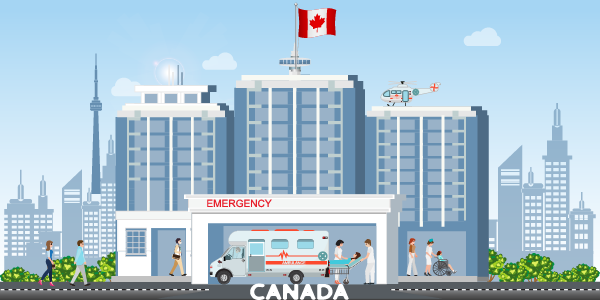
Contactez-nous
Entrer en contact
Emplacement:
60 Prom. Moodie Dr
Téléphone:
+ 1 613-901-8242



